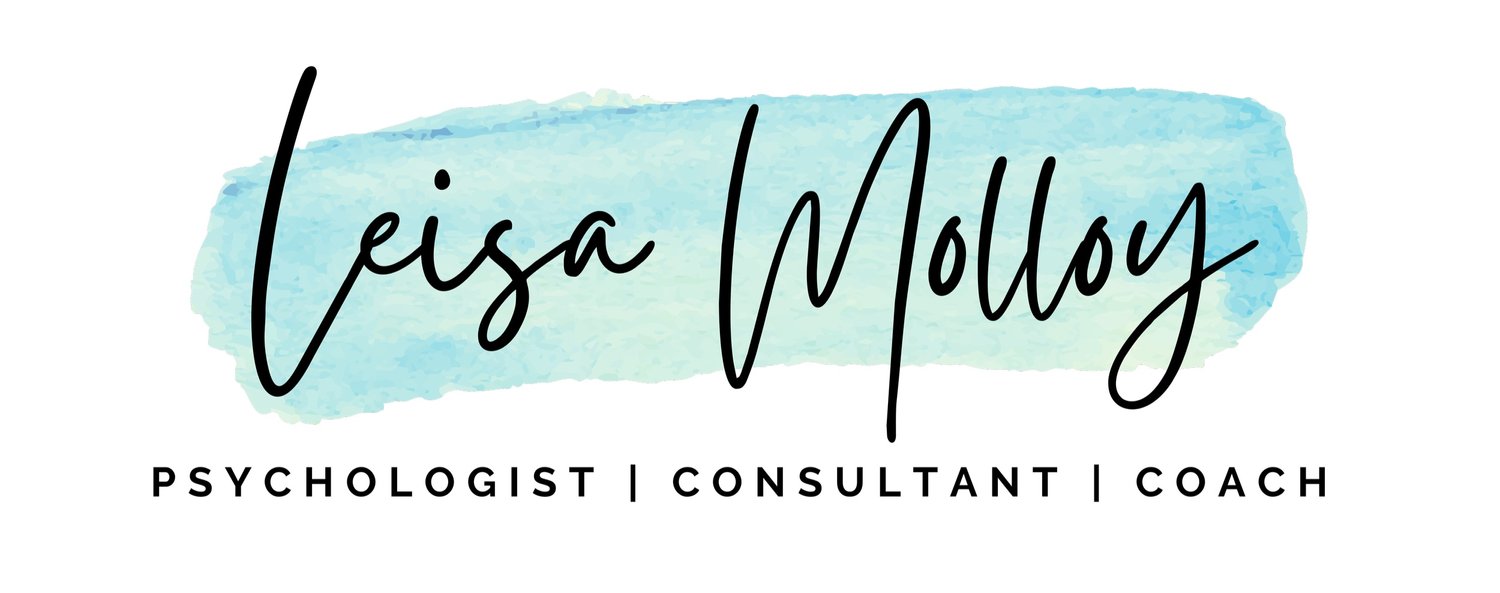On Conflict Debt, Better Conversations, & Positive Moments
Every month I send out a newsletter including resources, freebies and insights for leaders who want to be more skilled, self-aware and ‘human’ in their approach to handling relationships and navigating important workplace conversations. Most include topics relating to trust, psychological safety, emotional intelligence, communication, and connection.
This is the content from the first September 2020 newsletter (when I was doing fortnightly ones) - enjoy! And be sure to sign up for the newsletter if you enjoy this kind of content :-)
Creating psychological safety during virtual meetings
If you are a leader or manager running virtual meetings, this article is definitely worth reading. Amy Edmondson is a renowned researcher, author and general ‘guru’ on the topic of psychological safety. She knows a lot about creating effective group and team dynamics.
This article includes some really practical suggestions for creating a virtual environment where people feel more comfortable participating, speaking up, and raising questions and concerns despite the limitations of remote settings. The fact is, remote settings are different - we lose many of the non-verbal signals that we typically rely on (not always consciously!). And people are tired, making it even more important to consider the environment you are creating.
You can find a copy of the article online here.
3 very ‘human’ responses to feedback
My work regularly involves helping leaders to manage feedback conversations. Just as often though, it’s the other way around - I’m guiding leaders through the process of assimilating their own feedback.
This article provides some great insights for both scenarios - giving and receiving feedback. You’ll learn about 3 common triggers that can prompt a negative reaction, as well as some tips on getting past these initial responses. If you find this content helpful then stay tuned, as I’ll soon be creating a more detailed resource / worksheet on this topic.
Here is the online version of the article.
4 things to do before a tough conversation
Have you ever found yourself avoiding a difficult conversation? Yep - me too. It’s pretty normal if you are human :-)
This article emphasises the value of taking some time to reflect and prepare before tackling an ‘emotionally charged’ conversation. It includes some of the key questions I always have my clients consider as part of their preparation.
Read the article online here.
The cost of conflict 'debt'
One of the best books I’ve read this year is Liane Davey’s The Good Fight, which is full of insights and practical strategies for constructively managing workplace conflict.
This video provides a quick introduction to the idea of “conflict debt”, also highlighting the fact that conflict is inevitable - and not always a bad thing! As you watch the video, reflect on any conflict debt (or interest) that might be piling up for you…
10 rules for having better conversations
This entertaining and insightful TED talk includes some really good reminders on how to be a better “conversationalist”. I personally love all of the suggestions, but really enjoy #2, #4 and #6, as I think these are the ones people really struggle with.
I’ve shared this video in workshops and it always creates a few “aha” moments as people engage in some personal reflection. I also love the WAIT acronym mentioned in the video.
You can find the 12-min talk by Celeste Headlee here on YouTube.
What is “Active Constructive” responding?
Today I’m sharing a relationship building ‘micro skill’ that can be applied not only at work, but also in your relationships with friends and family (yep, even your mother-in-law!).
In a work context I’ve had clients use this approach to strengthen trust and rapport, and increase the ratio of ‘positive’ interactions with others.
One client had so many direct reports that he found it difficult to have meaningful 1-1 time with each team member on a regular basis. This approach helped to create a positive connection each time someone shared a ‘win’ with him. If you want to reflect on why this really matters, try to remember the last time someone acted like a bit of a ‘wet blanket’ in response to your good news. How did it make you feel?
Here is a downloadable resource that includes some tips on demonstrating an Active-Constructive response. Despite the slightly monotone nature of the narrator's voice, this video also includes a great demonstration of the 4 different response styles.
Thanks for reading! Feel free to share with anyone who might find these insights helpful, or want to sign up and join the community.






